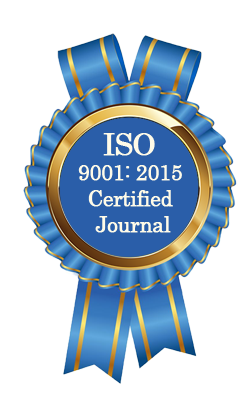| All | Since 2020 | |
| Citation | 105 | 60 |
| h-index | 4 | 4 |
| i10-index | 3 | 2 |
WJAHR Citation 
Login
News & Updation
Best Article Awards
World Journal of Advance Healthcare Research (WJAHR) is giving Best Article Award in every Issue for Best Article and Issue Certificate of Appreciation to the Authors to promote research activity of scholar.
Best Article of current issue
Download Article : Click here
Indexing
Abstract
INTRAARTICULAR APPLICATION OF TRANEXAMIC ACID VERSUS CONTROL IN PRIMARY POSTERIOR SACRIFICE CEMENTED TOTAL KNEE REPLACEMENT
*Muthanna Al-Hifadhi, Salam Abbas Mizher and Bassam Majeed Hameed
ABSTRACT
Background: Blood loss during and after total knee arthroplasty (TKA) can result in significant morbidity andoften necessitates blood transfusions. Various strategies are employed to reduce perioperative bleeding. Amongthese, the use of anti-fibrinolytic agents such as tranexamic acid (TXA) has gained attention, particularly in jointreplacement surgeries. Several studies have demonstrated a reduction in blood loss with TXA use, without acorresponding increase in thromboembolic events. Aim of the Study: This study aimed to evaluate the efficacy oftopical tranexamic acid in reducing blood loss and transfusion requirements during and after cemented unilateralprimary TKA. Method: A prospective randomized controlled trial was conducted involving 45 patientsundergoing primary cemented TKA. Patients were randomized into two groups: one received 1.5 g of TXA in 35ml of saline applied intraarticularly for five minutes at the end of surgery, and the other served as the control. Datacollected included demographic variables, operation time, hospital stay duration, serial hemoglobin levels(preoperative, 24 and 48 hours postoperative), blood loss through superficial and deep drains, transfusion rates,and postoperative complications. Results: Patients in the TXA group demonstrated significantly smaller drops inhemoglobin levels at both 24 and 48 hours postoperatively. Drain output in both superficial and deep drains wassignificantly lower in the TXA group at all measured time points (p<0.05). Although fewer patients in the TXAgroup required transfusions (28% vs. 45%), this difference was not statistically significant. No thromboemboliccomplications were reported. Conclusion: Topical intraarticular tranexamic acid is a safe and effective method forreducing blood loss in TKA, with a trend toward reduced transfusion need.
[Full Text Article] [Download Certificate]
